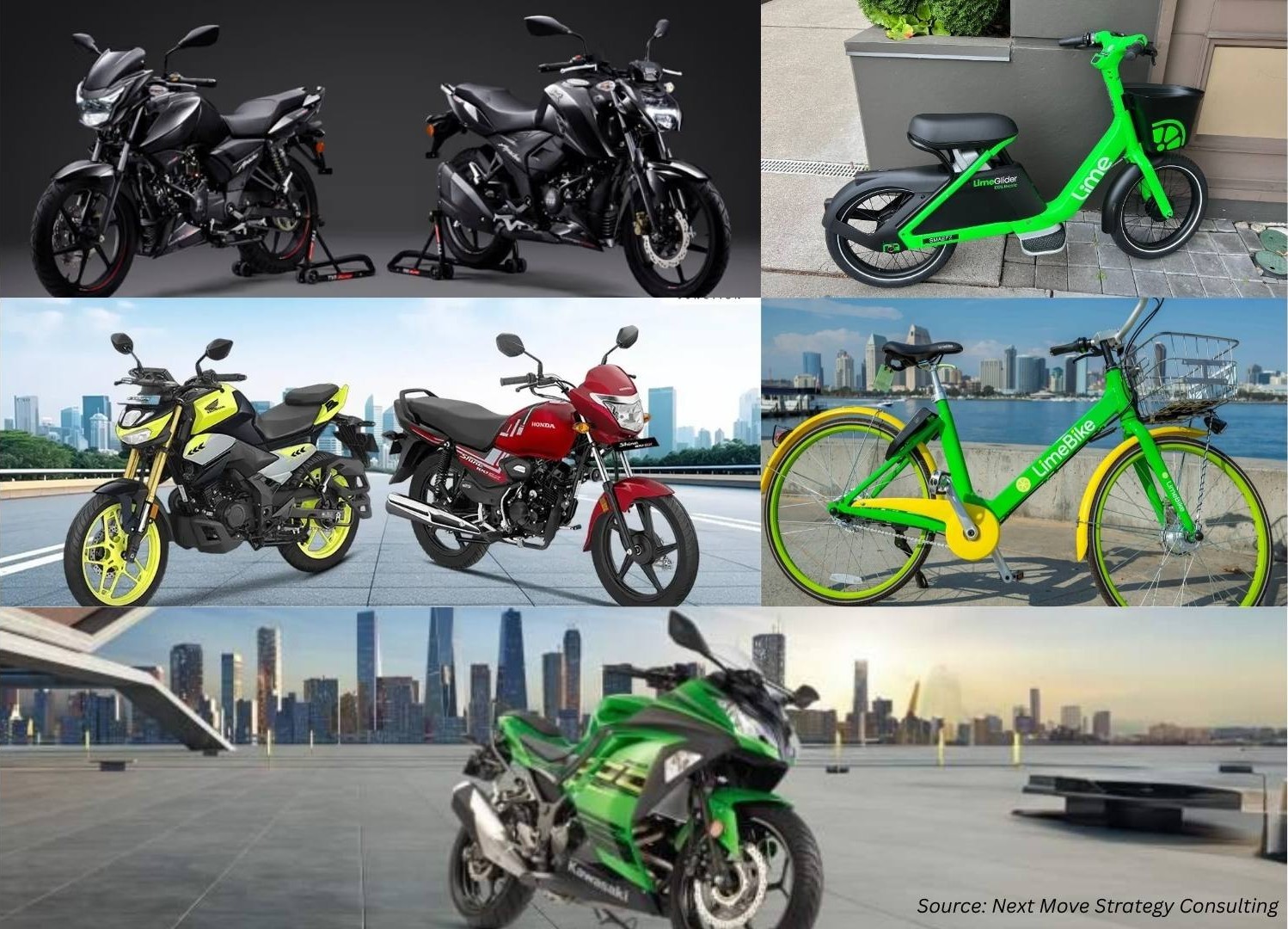
Automotive Pay-As-You-Go (PAYG) Road Charging Market by System Type (Automated Vehicle Identification and Automated Vehicle Classification), by Type (Electronic Toll Collection and All-Electronic Toll Collection), by Infrastructure (Urban and Highway), and by Technology (Dedicated Short Range Communication, Radio Frequency Identification, Video Analytics, and Global Positioning System) - Global Opportunity Analysis and Industry Forecast, 2022– 2030
Industry: Automotive & Transportation | Publish Date: 30-Nov-2024 | No of Pages: 372 | No. of Tables: 209 | No. of Figures: 179 | Format: PDF | Report Code : AT495
Market Definition
The global Automotive Pay-As-You-Go (PAYG) Road Charging Market size was valued at USD 9.31 billion in 2021 and is predicted to reach USD 15.98 billion by 2030 at a CAGR of 5.96% from 2022 to 2030.
Automotive pay-as-you-go (PAYG) road charging is a network of vehicle charging points across the state, country, and region. It is a tax levied on electric vehicle owners to support the charging infrastructure’s maintenance. The payment for charging electric vehicles is through open payment solutions, which ensures that users can pay with their card, smartphone wallet, or web payment solution to charge their electric vehicles.
Market Dynamics and Trends
A higher inclination towards hybrid and electric vehicles (EV) due to spiraling fuel prices and surging air pollution across the globe has contributed to the growth of this market. Supportive initiatives of the government and electric vehicle companies to set up more charging stations across highways, expressways, and cities are expected to propel the market growth further.
For instance, in February 2022, The Indian Government started manufacturing electric vehicles to boost their adoption in the country. The government planned to enhance public charging infrastructure with the support of private and public agencies. Many private organizations have come forward to install EV charging stations and develop a convenient charging network grid for consumers.
Moreover, the government of various countries is adopting innovations in payment system for charging electric vehicles, which further drives the market growth. For instance, in January 2020, in the U.S., Secure Technology Alliance conducted a webinar on payment platform innovations for EV charging stations to apprise industry stakeholders of new technologies. The approaches discussed in this webinar will address EV drivers’ uncertainty while charging their vehicles.
However, the high maintenance cost and lack of skilled workforce hamper the market growth. According to the International Energy Agency (IEA), by 2030, there will be 250 million EVs on the roads, which will further boost the demand for EV charging points worldwide. These factors are expected to create ample growth opportunities for the market in the coming years.
Market Segmentations and Scope of the Study:
The automotive PAYG road charging market report is segmented on the basis of system type, type, infrastructure, technology, and geography. On the basis of system type, the market is categorized into automated vehicle identification and automated vehicle classification. On the basis of type, the market is divided into electronic toll collection and all-electronic toll collection. On the basis of infrastructure, the market is segmented into urban and highway. On the basis of technology, the market is bifurcated into dedicated short-range communication, radio frequency identification, video analytics, and global positioning system. The report contains the geographical breakdown and analysis of each of the abovementioned segments across four regions, namely North America, Europe, Asia-Pacific, and Rest of the World (RoW).
Geographical Analysis
North America currently holds the predominant share of the automotive PAYG road charging market and is expected to maintain its dominance during the forecast period. Supportive government initiatives to reduce vehicular pollution are expected to drive the market growth in this region. For instance, in June 2022, the Minister of Families, Children, and Social Development in Canada announced an investment of more than 3.5 million USD in Baseload Power Corp to install 31 Level 2 EV chargers and 67 fast chargers across Ontario and the country.
Moreover, government initiatives to set up EV charging stations across the region to provide a safe long-distance journey are expected to drive the market in this region. For instance, in June 2022, the Biden-Harris Administration announced building the country’s first national network of 500,000 electric vehicle chargers across America’s highways. The Department of Transportation collaborated with the Department of Energy to propose new standards for making electric vehicle (EV) charging convenient, reliable, and affordable for all Americans, especially for driving long distances.
On the other hand, the market in the Asia-Pacific is expected to show a steady growth rate due to the presence of China, which is the largest EV charging network in the world. For instance, in October 2021, Electric Vehicle Charging Infrastructure Promotion Alliance announced that China owns the largest EV charging network globally. The country has over 2.2 million charging stations across the country. Also, local EV manufacturer companies have taken initiatives to implement electric vehicle charging stations across the region, which is expected to boost the market growth.
For instance, in May 2022, Tata Power entered into a strategic partnership with Hyundai Motor India Limited (HMIL) to build a robust EV charging network and accelerate EV adoption across India. Under this partnership, Tata Power will install Tata Power EZ Charge fast chargers at HMIL’s existing 34 EV dealer locations across 29 cities, along with supply, installation, and commissioning of home charging for HMIL’s EV customers. Moreover, the availability of mobile apps in India, such as Recharge India, PlugNGo, and ChargeGrid, which enable EV drivers to find and access charging stations around them quickly, boosts the market growth in the region.
Competitive Landscape
The automotive PAYG road charging market comprises various market players such as Thales Group, Gireve Cooperation, Toll Collect GmbH, ChargePoint, Inc., Far Eastern Electronic Toll Collection Co., Schneider Electric, Q Free ASA, International Road Dynamics Inc, EV Box, and Transcore Holding Inc. These market players have adopted various strategies such as launches across various regions to maintain their dominance in the market.
In May 2022, Schneider Electric announced the launch and collaboration of a new EV charging solution that is efficient, resilient, and offers sustainable electric mobility & net-zero buildings. Moreover, in January 2021, Thales and Gireve Cooperation built ‘Plug & Charge’ that will bring the security and convenience system to improve the electric vehicle (EV) charging experience. The solution comes with a secure, interoperable solution that creates an open infrastructure for car manufacturers, charging point operators, and e-mobility service providers.
Key Benefits
-
The automotive PAYG market report provides a quantitative analysis of the current market and estimations from 2022 to 2030 that assist in identifying and capitalizing on the prevailing market opportunities.
-
The study comprises a deep dive analysis of the automotive PAYG road charging market trend, including the current and future trends for depicting the prevalent investment pockets in the market.
-
The information related to key drivers, restraints, and opportunities and their impact on the market is provided in the report.
-
The competitive analysis of the market players, along with their market shares, is included in the study.
-
The SWOT analysis and Porter’s Five Forces model are included in the study.
-
The report provides the value chain analysis of the market to understand the stakeholders’ roles.
Automotive Pay-As-You-Go Road Charging Market Key Segments
By System Type
-
Automated Vehicle Identification
-
Automated Vehicle Classification
By Type
-
Electronic Toll Collection
-
All-Electronic Toll Collection
By Infrastructure
-
Urban
-
Highway
By Technology
-
Dedicated Short Range Communication
-
Radio Frequency Identification
-
Video Analytics
-
Global Positioning System
By Geography
-
North America
-
U.S.
-
Canada
-
Mexico
-
-
Europe
-
U.K.
-
Germany
-
France
-
Italy
-
Spain
-
Rest of Europe
-
-
Asia-Pacific
-
China
-
India
-
Japan
-
South Korea
-
Australia
-
Rest of Asia-Pacific
-
-
RoW
-
UAE
-
Saudi Arabia
-
South Africa
-
Brazil
-
Remaining Countries
-
KEY PLAYERS
-
Thales Group
-
Gireve Cooperation
-
Toll Collect GmbH
-
ChargePoint, Inc.
-
Far Eastern Electronic Toll Collection Co.
-
Schneider Electric
-
Q Free ASA
-
International Road Dynamics Inc.
-
EV Box
-
Transcore Holding Inc.




















 Speak to Our Analyst
Speak to Our Analyst

























